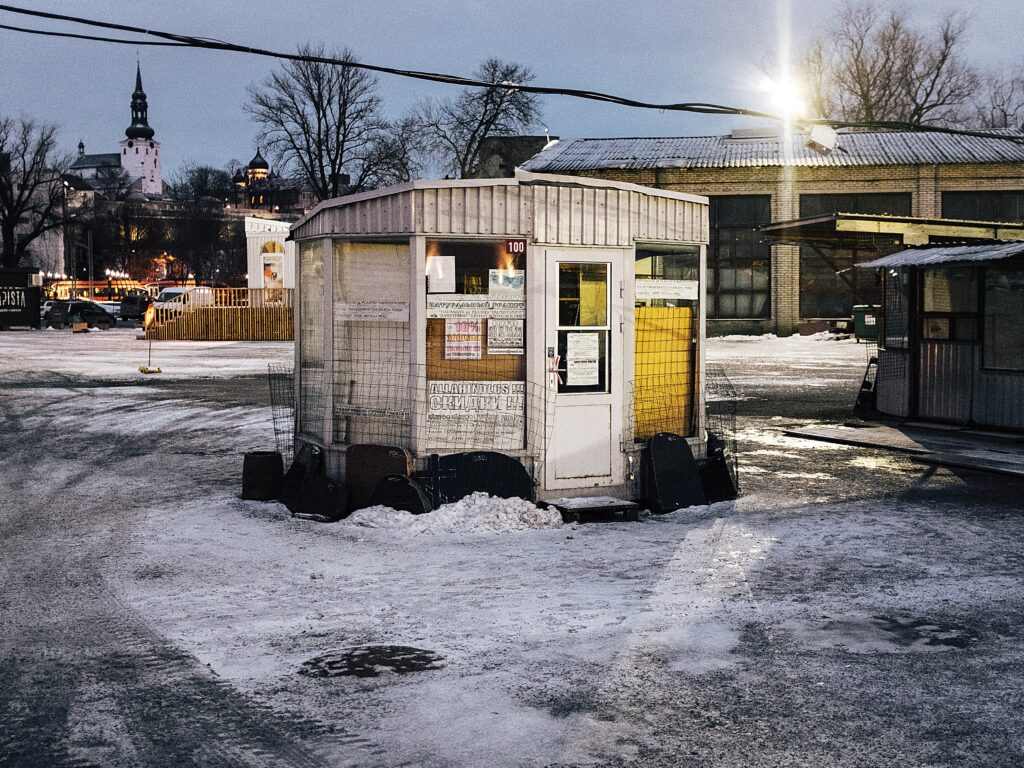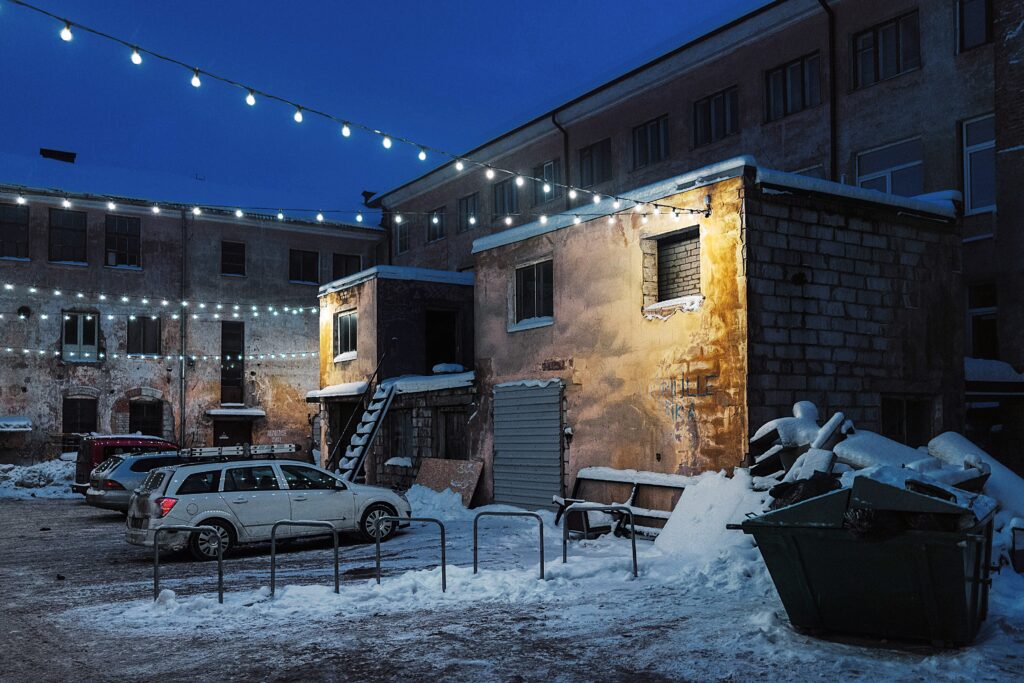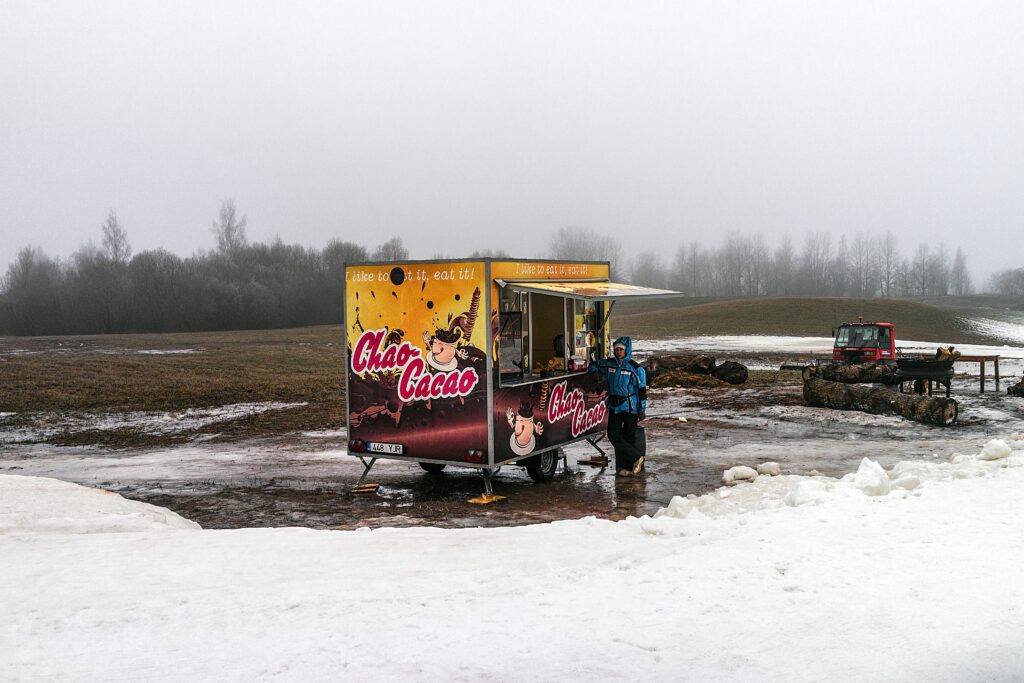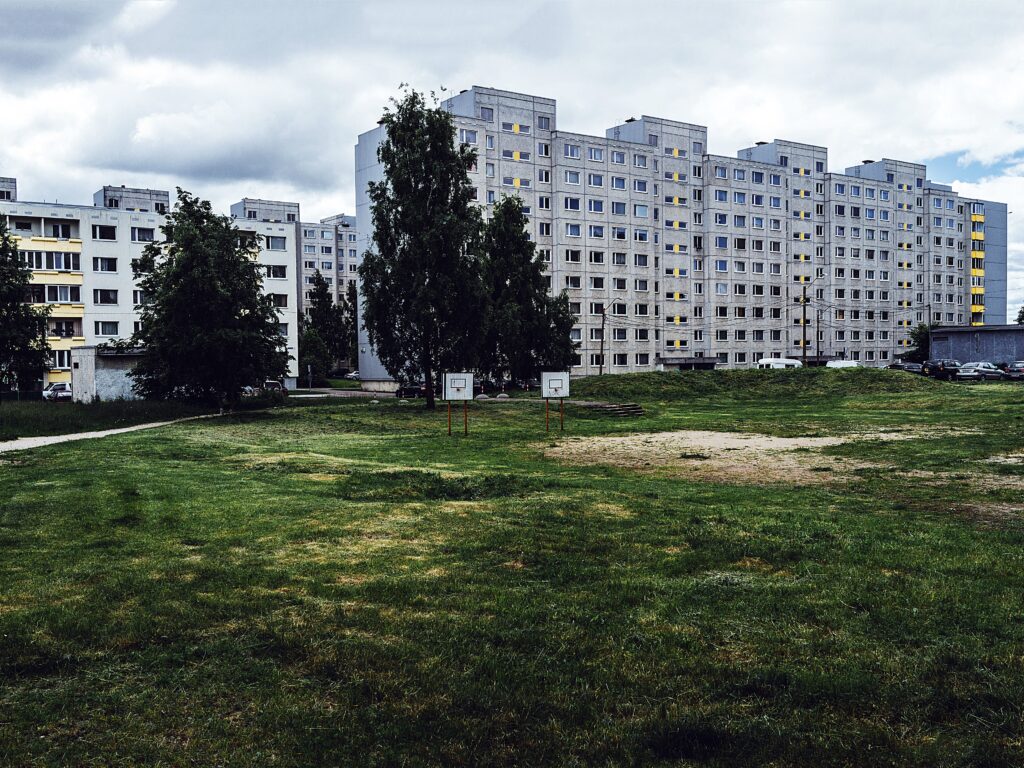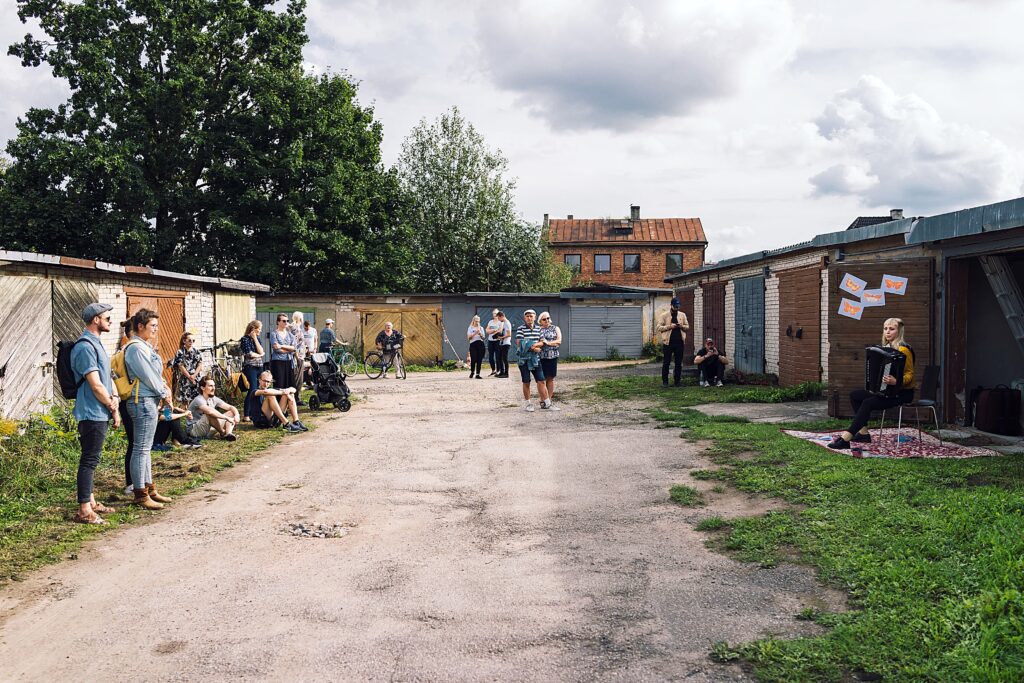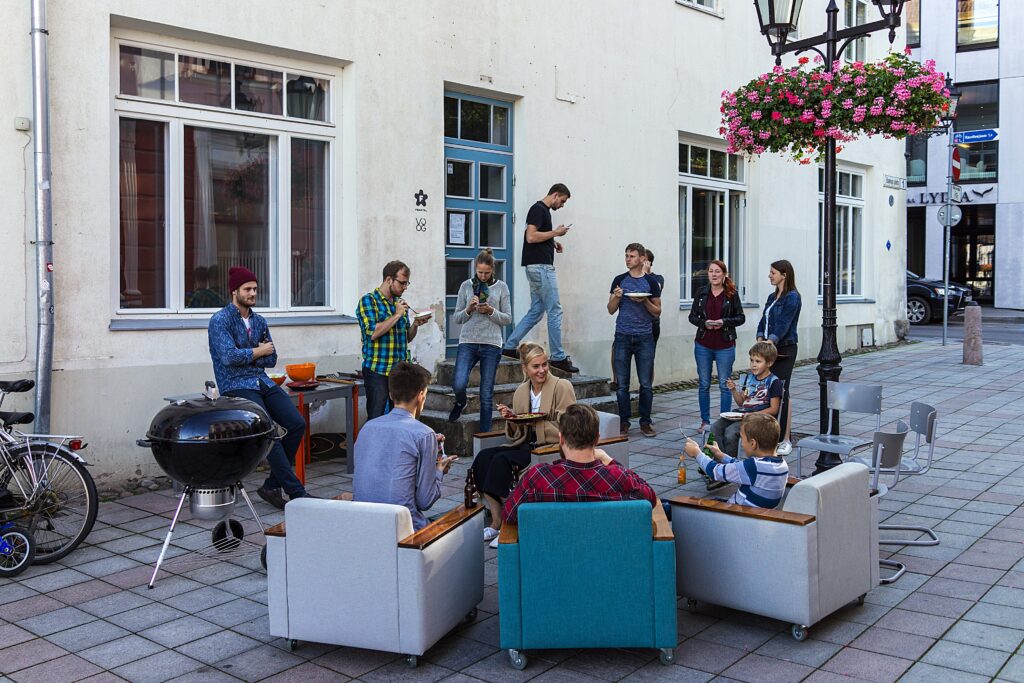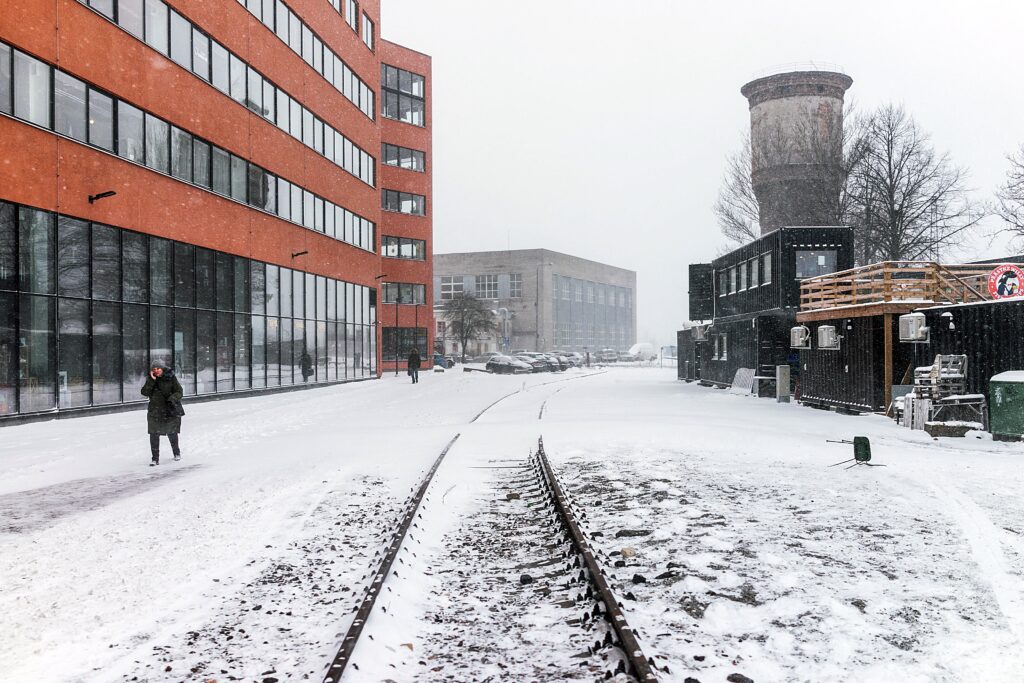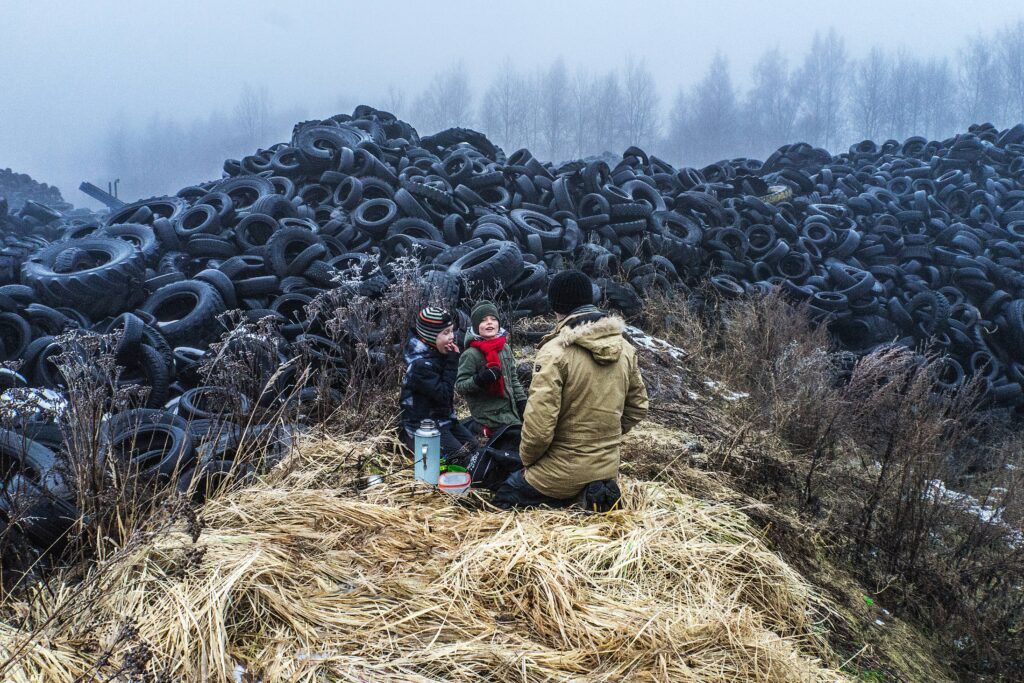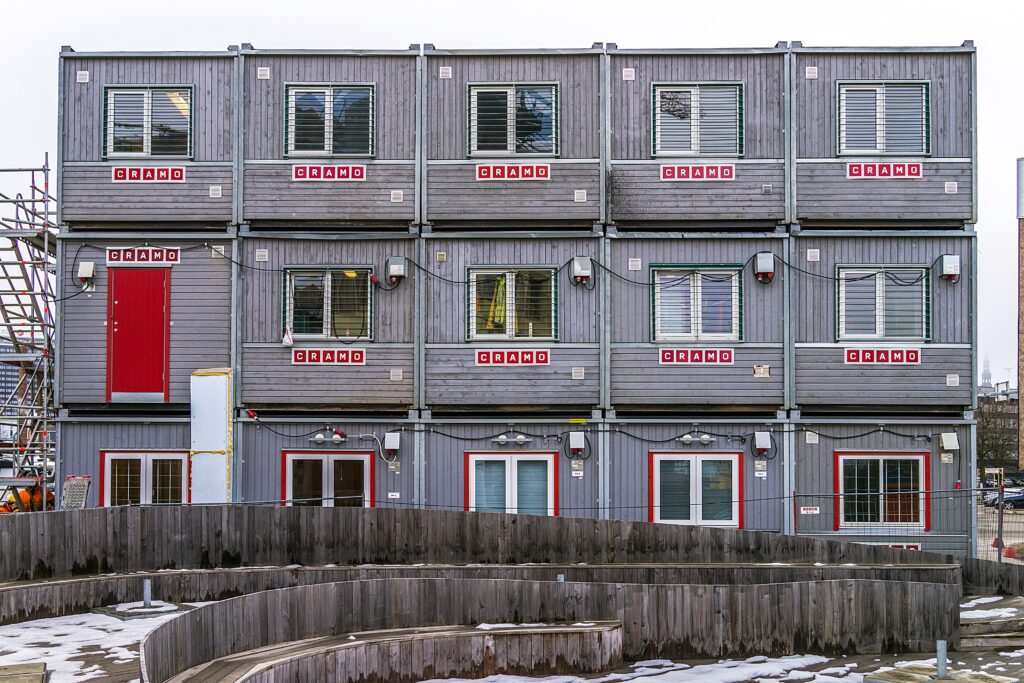The majority of the urban space is born without extensive planning, out of practical needs. Organically. This does generate monumental architectural objects or award-winning public spaces. The solutions are optimal, cost-effective and in human scale.
That kind of space is not “beautiful”. Quite the contrary – in the eyes of an ordinary person it seems cheap, ugly and hopefully only temporary. The small buildings or parts of buildings ignorant of their surroundings and forming a stark contrast with it both visually and functionally do not speak of lofty ideals but of the raw force of bearing up.
However, such stubborn spaces also have their charm. Alone or better yet collectively, the given disruptions in the harmony yield fascinating results for people interested in the urban space. As a city photographer, I often observe buildings, gardens, streets, the daily life and people moving about there. As a tiny sub-genre, I have captured also a small selection of such stubborn spatial curiosities over the years.
Aparaaditehas, Tartu. The story for me begins with industrial architecture where the frequent pragmatic changes gradually transform the initial harmonious outline. The bricked-up windows, new doorways broken into the walls, unexpected annexes that are added later in other materials and with a transformed aesthetic feel.
Telliskivi, Tallinn. The existing industrial spatial anarchy in Telliskivi matches well with all the randomness planned there. Containers, railroad cars, restaurant sheds and the old limestone buildings behind them brutally reconstructed at an unknown time. Let’s not forget that there is no longer such stubborn contingency – now it has all been drawn in AutoCAD.
Baltic Station Market, Tallinn. Behind the modern and thoroughly considered Baltic Station Market, the (post)Soviet way of life continues to be demolished booth by booth. Nostalgia for the ugly old marketplace will probably arise precisely when there is not a brick left of it. Also the given hut selling discount tombstones and other random stuff has most probably been wiped off already.
Raadi Airfield, Tartu. The Soviet military airfield still extends itself largely unused near the city centre of Tartu. Until one day we will have the courage to swallow it whole, accept it as a part of Tartu and turn it into our Tempelhof, but until then, the vast territory with its emerging and disappearing absurd undertakings is merely a fascinating Dismaland. The picture features a now demolished booth selling sausages to the non-existent customers sledging on the melted artificial snow hill.
Lasnamäe, Tallinn. Modernist city districts are being rediscovered. Previously left somewhat abandoned, the huge areas between the buildings are now carefully planned – and not only to extend the parking areas. Before the enjoyable and carefully designed playgrounds and recreational areas with innovative meandering spaces come to make areas like Annelinn and Lasnamäe overtly people-friendly, we can still walk around and remember how we used to manage and play in such a wild city.
Vaksali, Tartu. Also another typically Soviet phenomenon near the wastelands around pre-fabricated panel housing districts – garage estates – seems to be coming to its end. Most of the garages already lie in oblivion. The car has become just another commodity used to get from A to B. The simple solution would be to send bulldozers to handle it with the morbid real estate developments together with the dead space between the buildings thrown on top. But perhaps it will still turn out better – they have actually come to attract people again. The picture features a garage concert during the Widget Factory Festival.
Ülejõe, Tartu. The cosy structure of small garage complexes provides more interesting ideas for viability than bulldozers. The picture features an Airbnb flat on the site of a garage. Who knows, if we are lucky, it won’t perhaps be the only one. Lucky in the sense that sufficient organic development generates a considerably more exciting urban space, creates new layers and provides the observers with more objects to discover.
Supilinn, Tartu. Heat pumps, warmer winters, better insulation in buildings and storage of firewood for shorter periods of time have diminished the need for firewood sheds. All the yards of the timber house districts could now be evenly covered with cars – or used in a more reasonable manner. Our small rooms do not accommodate all our stuff and one’s own terrace for enjoying a meal would be nice too.
Kastani põik, Tartu. Sometimes it is not necessary to build anything to create an unexpected space of contrasts. The longest, narrowest and coolest bar in Estonia behind the Widget Factory came to life only by keeping one’s eyes open and clearing the forgotten area between the two plots of rubbish.
Town Hall Square, Tartu. Bringing a similar guerrilla mentality to the main square of the city by erecting a small eating place forms a fruitful basis for heated discussions on spatial design and freedom with the city officials passing by.
Telliskivi, Tallinn. The charmless aesthetics of the small and temporary buildings randomly constructed of “the wrong materials” has contrariwise become so captivating that it is now nicely “gentrified” as an architectural method and used in retail districts for creating a friendly atmosphere.
Rõõmu, Tartu. The man-made horror landscapes may be toxic (polluting the ground water and creating toxic dust) but their picturesque gloominess nevertheless makes us ask if we could perhaps still retain them by neutralising the hazards. Instead of covering and flattening them, the devastated landscapes in East Viru County are now gradually retained and taken into use. All the hard work and effort put into constructing the most sinister picnic area in Tartu – the black tyre mountains – is inevitably doomed.
Pirogov, Tartu. The planning regulations with the respective control of their implementation have become stricter in time. The new curious structures have become invisible to many people as they are indeed excessively temporary in every sense of the word. Then again, the container buildings of the builders may remain at the same place for years or merely change their place without actually leaving the space.
Harbour, Tallinn. The larger the construction, the more powerful Cramo-districts are temporarily erected around it. But they could last even longer. I can’t wait until one of the initiators of yet another deindustrialising cultural hub will have the nerve to build an identical Airbnb tower for themselves. Obviously evenly painted in black.
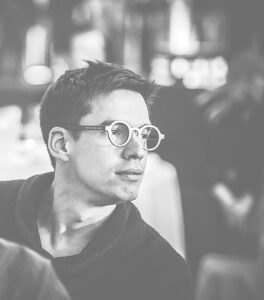
TÕNU RUNNEL is a photographer, designer and entrepreneur who lives in Supilinn district in Tartu, and in Kalamaja in Tallinn. His photos mainly feature the ceaseless everyday life, urban space and landscapes.
PHOTOS by Tõnu Runnel
PUBLISHED: Maja 95 (winter 2019), with main topic Drift

